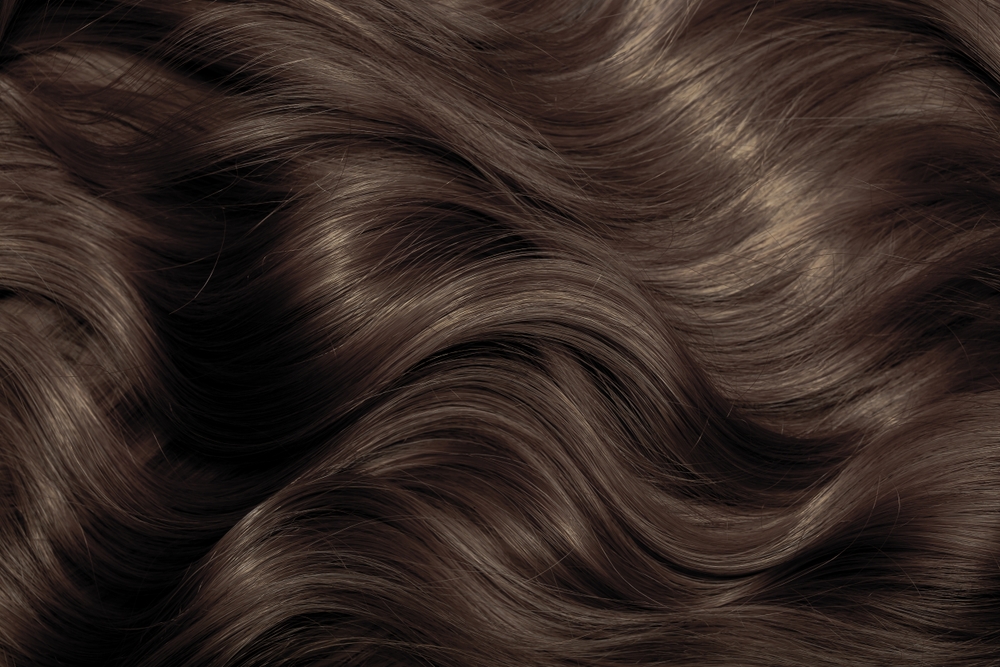
Scalp micropigmentation (SMP) is a cosmetic procedure that aims to visually enhance the hairline and hair density for individuals experiencing hair loss. This process involves applying micro pigments to the scalp, simulating the appearance of hair follicles. SMP offers a non-invasive solution to hair loss, providing the look of fuller and more natural hair.
The primary goal of this procedure is to address aesthetic concerns for those experiencing hair loss. By creating a natural-looking hair pattern on the scalp, SMP reduces the visible effects of hair loss. This procedure is ideal for individuals who are not candidates for hair transplantation or those who wish to enhance hair density after a transplant. SMP is suitable for both men and women, delivering natural results.
Scalp micropigmentation is typically performed in several stages. Initially, the patient's hair loss condition is assessed, and the hairline design is planned. Micro pigments are then applied to the scalp. These pigments are small dots that mimic hair follicles, giving the appearance of thicker, fuller hair. The pigments are chosen to match the natural hair color and tone for a realistic look.
The procedure usually takes 2-4 hours, and patients can resume normal activities the same day. SMP typically requires multiple sessions, depending on the extent of hair loss. Treatment sessions are usually spaced 2-4 weeks apart, with 2-3 sessions recommended for the best results.
One of the main advantages of scalp micropigmentation is that it is a non-invasive procedure. It does not require surgical intervention and is generally painless. Additionally, SMP effectively reduces the appearance of hair loss, making the hair look fuller and more natural. SMP is suitable for both men and women and provides natural-looking results.
However, there are some risks and complications associated with the procedure. Post-procedure, some patients may experience mild redness and sensitivity on the scalp. These symptoms usually resolve within a few days. There is also a risk of pigment fading over time, necessitating periodic touch-ups. Patients should be thoroughly informed about the advantages and risks of SMP and evaluate all possibilities before proceeding. When performed by an experienced and skilled technician, SMP is generally a safe and effective procedure.
The recovery process after scalp micropigmentation is typically quick and uncomplicated. In the first few days post-procedure, patients may experience mild redness and sensitivity on the scalp, which usually resolves on its own within a few days. During this period, it is important to keep the scalp clean and follow the doctor's aftercare instructions.
Maintaining a healthy lifestyle and using hair care products that support scalp health are crucial during the treatment process. Regular follow-up visits with the doctor are also important to assess the success of the treatment and identify any potential issues early. Periodic touch-ups are necessary to maintain the vibrancy of the pigments and the natural appearance. For more information about scalp micropigmentation, contact EMPCLINICS.
Ensure your scalp is clean and healthy before the treatment. If you have open wounds or infections on your scalp, the treatment may need to be postponed. Avoid sun exposure and protect your scalp before the procedure.
Some patients report mild discomfort during the procedure, but it is generally minimal. A local anesthetic cream can be used if necessary to reduce discomfort.
You may experience mild redness, swelling, and sensitivity on the scalp after the treatment. These symptoms usually resolve within a few days. It is important to avoid getting the scalp wet and protect it from the sun in the initial days.